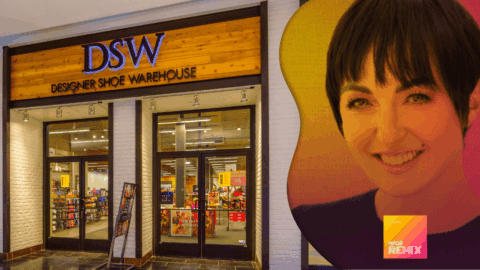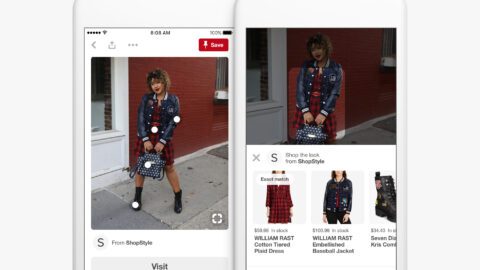Even though 75% of shoppers say they have a preferred brand when shopping, these preferences can certainly be changed: 76% were likely to change that preferred brand, according to a survey of 1,000 shoppers by Adtaxi. The single largest deciding factor in brand-switching is price, which 83% of shoppers rely on when making a purchasing decision, followed by:
- Quality (80%);
- Reputation (47%); and
- Service (39%).
Retailers seeking to get a customer to switch to their brand can use price as a lure, but they will need to make it worth the shopper’s while. While specific discount levels will vary based on the retail vertical and product type, “I think the consumer will jump ship for a 20% price difference,” said Evan Tennant, National Director of E-Commerce at Adtaxi in an interview with Retail TouchPoints. For example, even if a certain product attribute, such as its being made in America, is very important to a shopper, they can still be convinced to purchase a comparable non-American-made item — if it’s priced 20% less than the American-made version.
E-Commerce multiplies the potential for brand-switching by giving shoppers thousands of brands to choose from, compared to the limited stock a brick-and-mortar store may carry. However, the Internet also is a tool retailers can leverage to draw business from competitors who aren’t meeting their shoppers’ needs: most shoppers (79%) learn about new products by browsing online, compared to 56% who learn via word of mouth.
Use Authenticity And User-Generated Content To Reach Potential Brand-Switchers
Retailers looking to push their products’ best features to a fickle public need to home in on authenticity, according to Tennant. Getting satisfied customers to share their positive experience provides some of the strongest outreach available. Key ways to stand out from the crowd include:
- Focus on differentiators: Whether it’s free returns or a low price point, retailers must tell shoppers what they offer that can’t be found elsewhere;
- Tell your story: If a retailer has an interesting feature, such as their products being hand-made, a video or post on the topic can help them stand out; and
- Practice quality brand management: If a retailer is contacted by a shopper on social media (or through email), the response should be as immediate and thorough as possible.
Social Media Is Where Brands Can Stand Out
Social media is an ideal way to get a brand’s best features out to potential new shoppers: 49% of respondents said their purchasing decisions are influenced by friends’ social media posts, and 30% are influenced by brands and retailers they follow.
Influencers also are a powerful resource: 56% of respondents considered making a purchase after seeing a product in an influencer’s post, and 56% of this group went on to complete the purchase. But while consumers may be swayed by influencers in practice, few admit it: only 26% said their purchasing decisions are impacted by influencers, and 24% gave influencers the same level of trust as friends when it comes to product opinions.
However, retailers should be careful of overly slick production values when presenting their brand story. Genuine, authentic social media posts, such as reviews from satisfied customers and videos showing off the human side of the business, are a much more effective way of reaching potential shoppers on their level and convincing them that your product has the attributes they seek.
“In my opinion, social media has lost some of its luster because of the professionalism and its polished look,” said Tennant. “True social content connects with the audience you want. Create stuff that people can relate to, create things that allow people to put them in that experience rather than essentially focusing on production values. Focus on your brand — what does your brand do?”
Retailers seeking to attract — and hold on to — brand-switching shoppers need to use multiple tools. By positioning themselves on price, quality, customer service or a combination of the above, smart retailers can take less adept competitors’ customers for themselves.
“The proof is in the pudding in terms of our respondents. All of these things are very powerful – reputation, quality, price, all of it – but people will still jump for missing parts of that set,” said Tennant. “Missing parts of brand management will send people away, or recruit them to you from someone else.”













